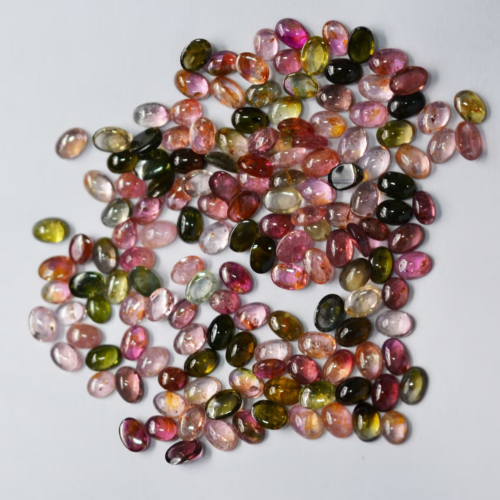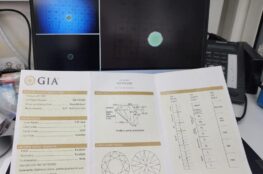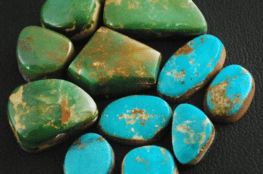Introduction to Tourmaline
Tourmaline, a gemstone cherished for its spectrum of colors, belongs to a family of minerals with diverse attributes. As a favorite in jewelry-making, tourmaline’s hues are boundless, including multi-colored zones. Notably, pink tourmaline is a sought-after variant and represents the modern birthstone for October.
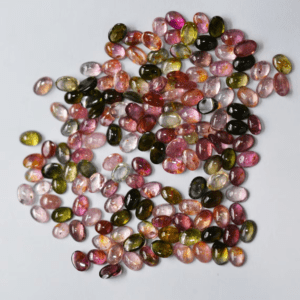
Affordability and Availability
Tourmaline’s affordability is maintained by its ready availability. Smaller stones, under 5 carats, are relatively inexpensive and easy to acquire. However, prices escalate for larger sizes or exceptionally rare and high-quality colors, sometimes exceeding several hundred dollars per carat.
Descriptive and Varieties
Tourmalines have many varieties based on color and appearance. The most common species used in jewelry is Elbaite, which exhibits a range of colors including pink, red, green, blue, and multi-colored patterns. Among the prized varieties are the neon-blue Paraiba tourmalines, which owe their vibrant color to copper, and the raspberry-red Rubellites. Chrome tourmalines are known for their deep green color due to chromium or vanadium content. Additionally, Watermelon tourmalines, with their green outer layer and pink core, resemble slices of watermelon. Tourmaline’s versatility and array of colors make it a highly sought-after gemstone for jewelry and collectors alike.
Rare Colors and Trade names
While many colors are common, pure blue, red, orange, yellow, and purple tourmalines are scarce and command premium prices. Neon-blue Paraiba tourmalines, raspberry-red rubellites, and emerald-green chrome tourmalines are particularly valued. Additionally, color-change tourmalines are exceedingly rare.
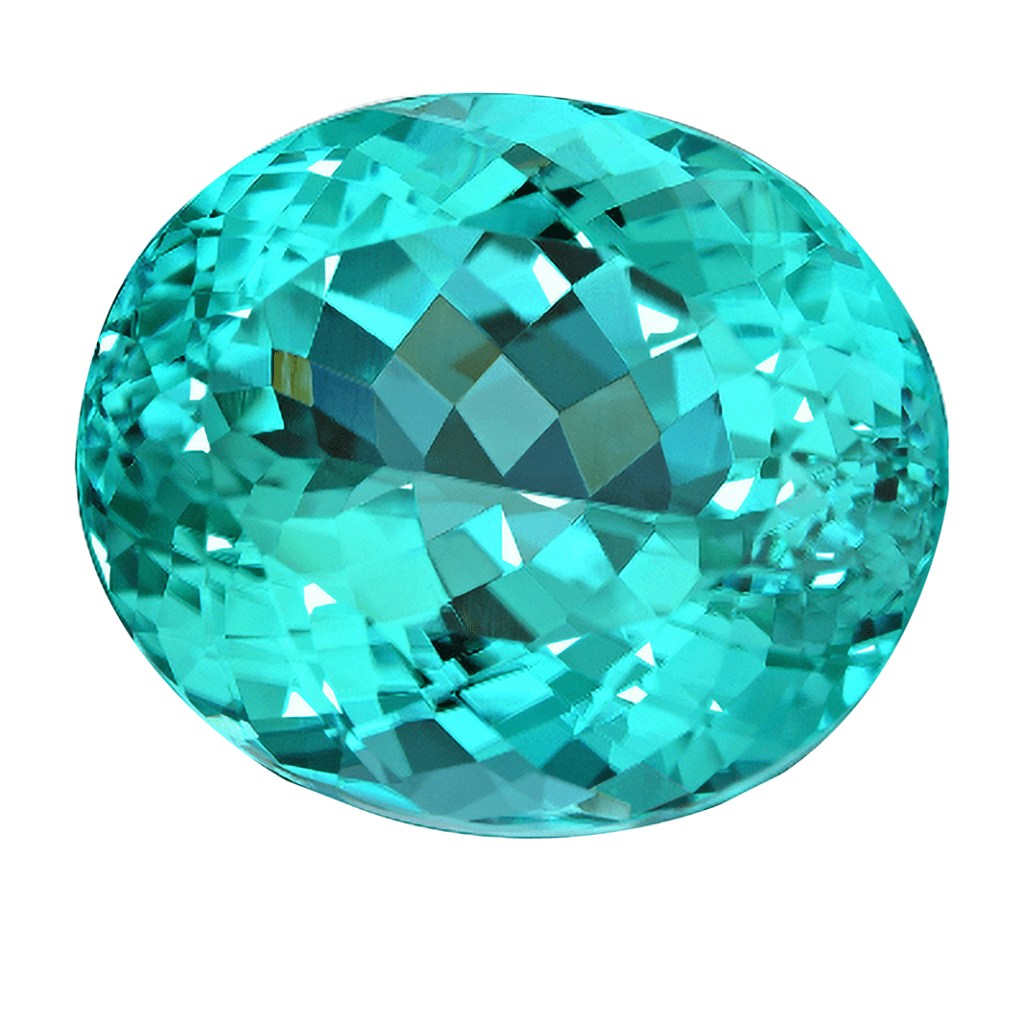
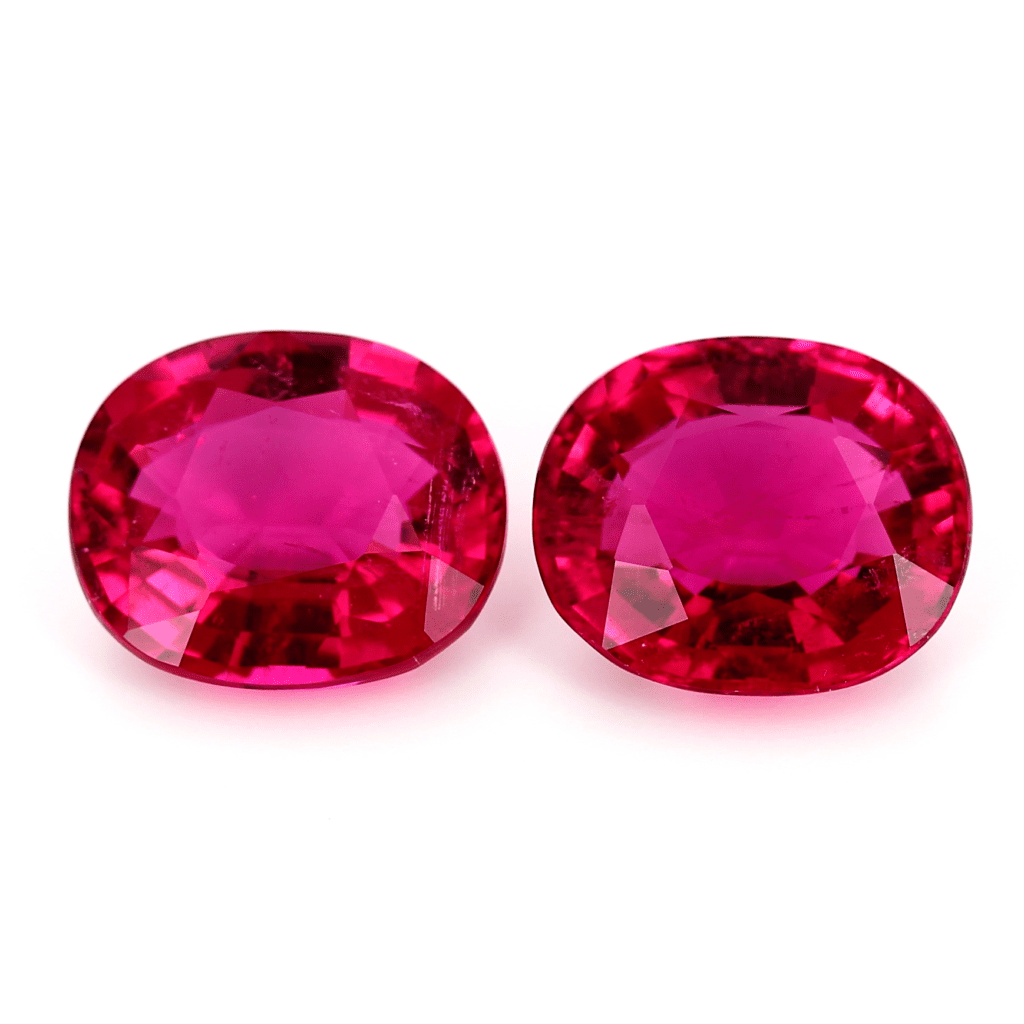

Quality and Inclusions
Tourmaline crystals often exhibit imperfections and fractures, making flawless gemstones, especially those above 10 carats, highly prized. The only inclusions generally deemed acceptable in cut tourmalines are tubes that create a cat’s eye effect in cabochons when densely packed.
Enhancements
Tourmalines can undergo various enhancements such as irradiation to improve or alter their appearance and color, making a low-quality stone more attractive and valuable.
Durability and toughness
Tourmaline is a relatively durable gemstone, with a hardness ranging from 7 to 7.5 on the Mohs scale. While it’s not as hard as diamonds or sapphires, it’s still suitable for everyday wear. However, due to its crystalline structure and potential inclusions, tourmaline can be susceptible to breaking or chipping if subjected to rough handling or sharp blows. When it comes to cleaning, tourmaline should be handled with care. It’s advisable to avoid using ultrasonic cleaners or steam, as these methods can cause damage, especially if the gemstone has internal fractures or inclusions. The safest method for cleaning tourmaline is to use a soft brush with warm soapy water, gently scrubbing the stone. It’s also important to store tourmaline jewelry separately from other pieces to prevent scratches. If a tourmaline gemstone does break, it’s best to consult a professional gemologist or jeweler for repair options.
In summary, tourmaline is a versatile gemstone with a plethora of colors and properties, making it a favorite for jewelry enthusiasts and collectors. Its unique characteristics, coupled with its relative affordability, contribute to its enduring popularity.
